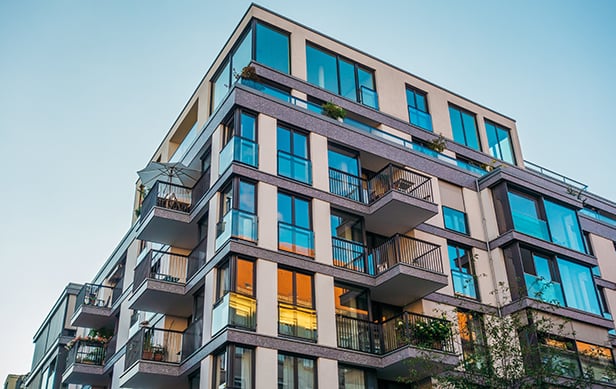Grubb & Ellis Co.'s researchers say "despite much hand-wringing nationally over the future direction of the economy, Denver's office market showed no signs of slowing during first quarter." CB Richard Ellis is a little more reserved in its analysis: "Despite some pessimistic economic projections, Denver's office market continues to post stable results and encouraging fundamentals." The CBRE report does caution that "as turmoil in the debt and housing markets continues to captivate headlines, the health of Denver's commercial real estate markets is being increasingly examined."
CBRE tallies Denver's total inventory at more than 103 million sf while Grubb & Ellis tracks a bit more than 100 million sf, with about 22 million of that in the Downtown. Grubb & Ellis pegs the direct vacancy rate in the overall market at 14.7% while CBRE lists it at 12.5%, but the two big brokerage houses both agree that the overall availability is more like 17%.
CBRE, in fact, sounds some notes of concern about Denver in spite of the market's generally lucky results so far. "The increase in available sublease space has the potential to threaten the overall stability of the Denver market, for as this space is converted into direct vacant space, it will ultimately result in negative absorption," the team concludes in its latest report.
Average lease rates continued to rise in the first quarter in Denver as they did in a number of other office markets around the country, reaching $20.44 per sf per year in the region, an increase of 40 cents on a year-to-year basis. What remains to be seen is what concessions that building owners will offer along with those higher rates, which could lower effective rates. Nonetheless, CBRE's team notes the average lease rates in Denver remain very affordable in comparison to other US metros. Of the markets that CBRE tracks, Denver posted the third lowest average rate.
Construction, though, is now a concern in Denver. There is 3.4 million sf under construction throughout the metro area and numerous other projects at various stages of planning. The market has been absorbing all new space in recent years, but with the slowing of the economy, market-watchers are expecting deliveries to outpace absorption, especially in suburban markets.
In the Downtown market, Grubb & Ellis' team recorded 377,292 sf of positive absorption in Q1--almost entirely from existing companies' expansions. That absorption total should "help buoy the 2008 year regardless of further economic direction," the team forecasts.
The Santa Ana, CA-based firm pegs the vacancy rate at 11.6% with relatively little sublease space in the Downtown district, where class A rents of $33.30 per sf per year are considerably higher than the metro average. Vacancy is only 2.8% in the class A buildings, but it jumps to 14.5% in class B space and 16.8% for class C. Class B rates are $5 per sf less per year and class C is $12 per sf less.
According to the two reports, working in Denver's favor are a diversified industry base, strong energy sector that continues to expand and other growing, or at least stable, industries like law, defense, aerospace, government and technology. The city also has been blessed with good job growth and an steadily declining unemployment rate since 2003, when unemployment passed 6.4%. Recent numbers show the Denver-Boulder unemployment rate at 4.8%, slightly lower than the national rate of 4.9%.
The metro had added 26,400 jobs when CBRE was pulling together its report. The gain "indicates a steady growth trend which is expected to continue through the long-term," the Los Angles-based company's team concludes.
© 2025 ALM Global, LLC, All Rights Reserved. Request academic re-use from www.copyright.com. All other uses, submit a request to [email protected]. For more information visit Asset & Logo Licensing.







